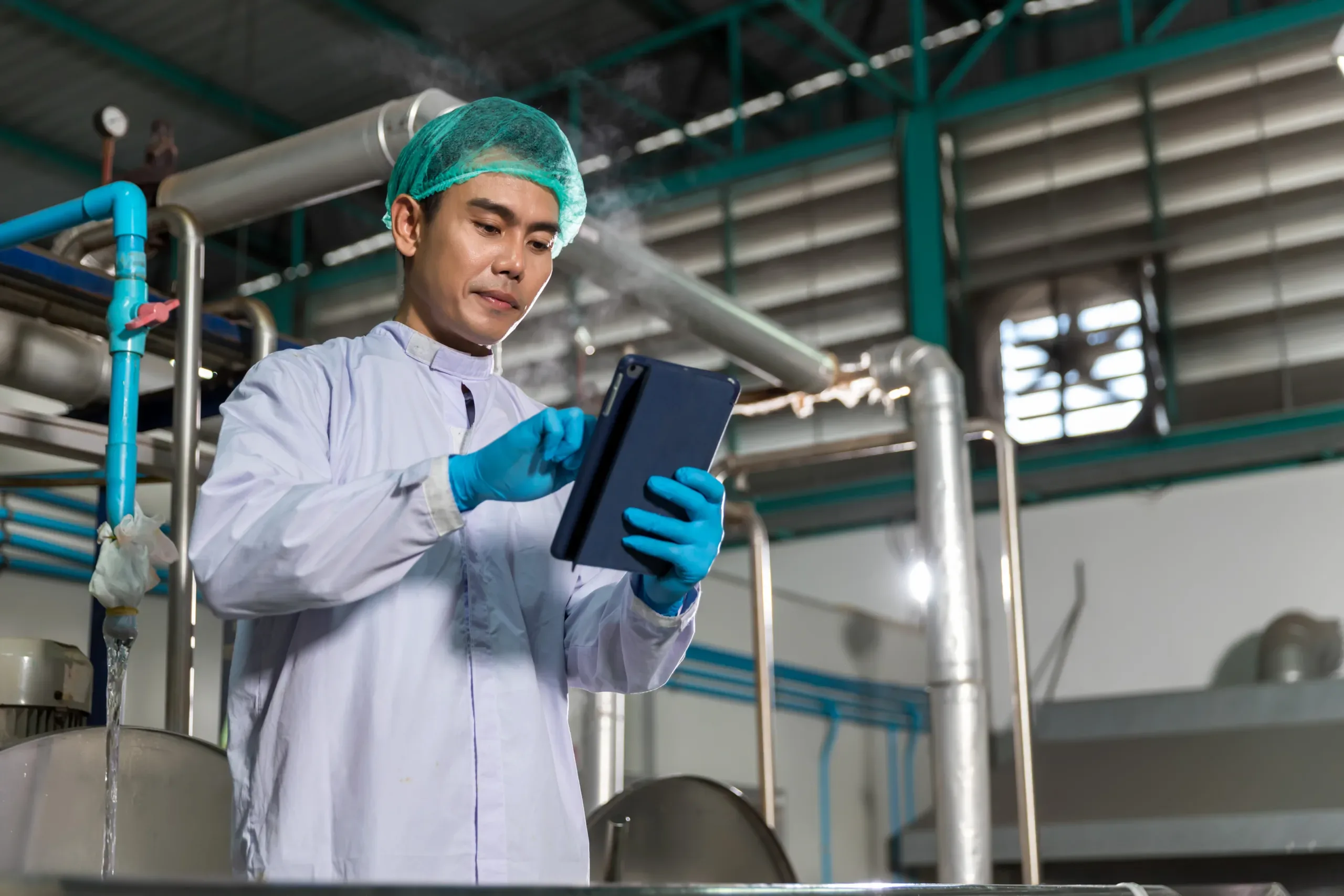Controlled environment agriculture (CEA) and Overall Equipment Effectiveness (OEE) are two groundbreaking innovations redefining the realms of agriculture and manufacturing. By fusing state-of-the-art technology with eco-friendly practices, these advancements are reshaping the way we generate food and manage resources. In this viral blog post, we’ll explore CEA and OEE in manufacturing, examining how they’re pushing the limits of efficiency, sustainability, and productivity.
Controlled environment agriculture encompasses various techniques to grow crops within regulated environments, such as greenhouses, warehouses, and shipping containers. This revolutionary approach to agriculture presents numerous advantages over conventional farming, including:
- Space efficiency: CEA optimizes space usage by allowing higher crop yields per unit area, which is particularly beneficial in urban areas where land is limited and costly.
- Resource conservation: CEA systems can use up to 95% less water than traditional agriculture, thanks to closed-loop systems that recycle and reuse water. Moreover, these systems eliminate the need for harmful pesticides and herbicides, minimizing pollution and fostering healthier ecosystems.
- Climate resilience: By regulating environmental factors like temperature, humidity, and light, CEA allows for year-round crop growth, irrespective of external weather conditions. This guarantees a stable and consistent food supply, even in the face of climate change.
Overall Equipment Effectiveness (OEE) in Manufacturing
OEE is a holistic metric employed to gauge the efficiency and productivity of manufacturing processes. It combines three crucial factors: availability, performance, and quality. By evaluating these aspects, OEE offers a transparent view of a manufacturing operation’s effectiveness and helps pinpoint areas for enhancement.
- Availability: This factor assesses the percentage of scheduled production time during which a machine or system is operational. Downtime due to maintenance, breakdowns, or changeovers can significantly influence availability.
- Performance: Performance examines the rate at which a machine or process operates relative to its maximum potential. Factors such as equipment wear, operator inefficiency, and suboptimal settings can decrease performance.
- Quality: Quality evaluates the proportion of good products produced to the total products manufactured. Defects, rework, and scrap all signal poor quality.
- The Connection: Efficiency and Sustainability in Controlled Environment Agriculture and Manufacturing
Both CEA and OEE in manufacturing emphasize efficiency and sustainability. By optimizing resource utilization and boosting productivity, these innovations present solutions to pressing global challenges, like food security and environmental degradation.
CEA addresses land scarcity and resource conservation while ensuring a stable food supply. In a similar vein, OEE in manufacturing enables businesses to pinpoint areas of inefficiency, empowering them to reduce waste and operate more sustainably.
Conclusion
Controlled environment agriculture and OEE in manufacturing are two trailblazing innovations with the potential to transform their respective industries. By adopting these technologies and practices, we can shape a more sustainable and efficient future, guaranteeing food security and responsible resource management for generations to come. As we confront the challenges of a burgeoning population and a shifting climate, innovations like CEA and OEE will be indispensable in constructing a resilient and sustainable world.

